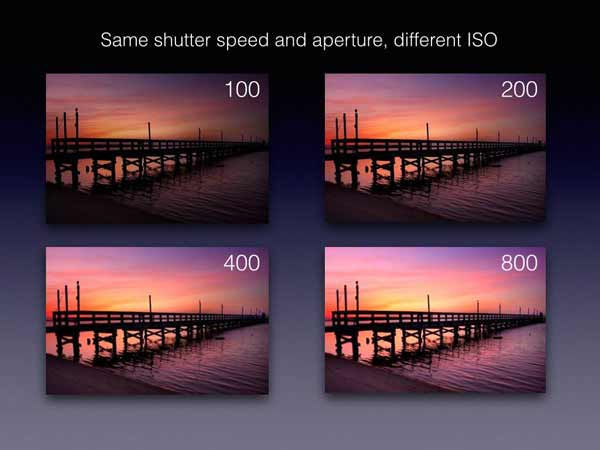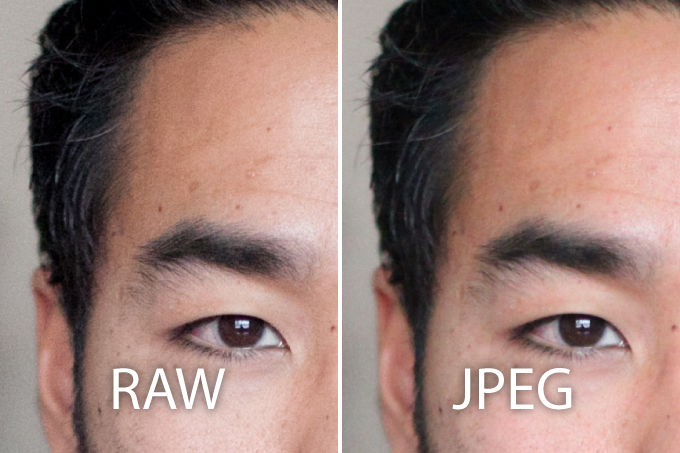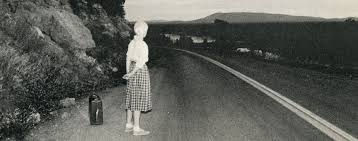Basic Photography Principles
- Julita Mbazuigwe
- 31 paź 2022
- 2 minut(y) czytania
Having a camera doesn't make us photographers right away. Photography skills are gained over time. This requires knowledge of both your equipment and the basic principles of photography. Everyone has probably asked themselves at least once how to take better photos. So let's answer a few questions about the fundamental issues that make us take pictures more consciously.
ISO - The ISO parameter determines the sensitivity of the matrix to light. A low ISO value means that the matrix receives little light, and the photo will be of better quality and more faithful to the colours. By increasing the ISO parameter, we let more light into the matrix, and the image will be brighter, but thus its quality decreases. At high ISO values, colour saturation and contrast will drop, and unpleasant noise will appear. This is the first of the most critical parameters to pay special attention to if you want to take better photos.
Considering that we always care about high-quality photos, during the day, on a sunny day, we will instead use low values, such as 100 or 200. On a cloudy day, it can be 250 or even 320. When shooting in dark rooms and at night, we use higher ISO values, such as 1600 or 3200.
Some ISO Tips:
Are you shooting at night? Set low ISO and camera on a tripod. This will allow longer exposure time on a stable surface without raising the ISO. The image will then be well-lit, and you will avoid noise.
Dynamic photos? Sometimes you have to sacrifice ISO, that is, raise it to set a faster shutter closing speed.

Shutter speed: The shutter speed is the time when light enters the matrix. By regulating the length of the exposure time, we affect both the photo's brightness and the freezing / blurring of motion on it. The shutter speed can be short when we want to freeze the action, e.g. 1/1000, or long when we want to blur the motion 30 s.
The exposure time gives us great opportunities to create interesting photos. If we photograph sports, we want sharp, clear pictures and stop the action in time; then we will choose short times of 1/1000 or even 1/4000. If we're going to pan and emphasize the car's path, then we will use longer times, e.g. 1/30 or similar.

Aperture: This is the opening in the lens through which light enters the camera.
The larger the opening (small value), the more light will enter the matrix. Similarly, the smaller the aperture (large value), the less light the matrix will register. We denote the aperture f / 2.8, f / 3.2 etc.
The aperture affects both the exposure and the depth of field of an image. The bokeh effect, i.e. background blur depends on it. Low values of f / 1.2 and f / 1.4 allow you to perfectly blur the background and isolate the photographed object or person from it. By increasing the aperture value, we increase the depth of field. In other words, the larger the aperture, the more elements in the frame, and the more areas in the photo will be sharp.




Comments